
Viscount Cobham is a title in the Peerage of Great Britain that was created in 1718. Owing to its special remainder, the title has passed through several families. Since 1889, it has been held by members of the Lyttelton family.

Earl of Halifax is a title that has been created four times in British history—once in the Peerage of England, twice in the Peerage of Great Britain, and once in the Peerage of the United Kingdom. The name of the peerage refers to Halifax, West Yorkshire.
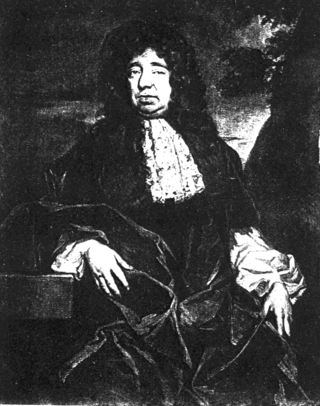
Earl of Shelburne is a title that has been created two times while the title of Baron Shelburne has been created three times. The Shelburne title was created for the first time in the Peerage of Ireland in 1688 when Elizabeth, Lady Petty, was made Baroness Shelburne. She was the wife of the noted economist Sir William Petty. The title was for life only and became extinct on her death in circa 1708. On the same day that Lady Shelburne was elevated to the peerage, her eldest son by Sir William Petty, Charles Petty, was also raised to the Peerage of Ireland as Baron Shelburne. He died young in 1696, when the title became extinct. The barony was created for a third time in the Peerage of Ireland in 1699 in favour of the Hon. Henry Petty, younger son of Sir William Petty and Lady Shelburne. In 1719 he was further honoured when he was made Viscount Dunkerron and Earl of Shelburne, also in the Peerage of Ireland. On his death in 1751 these titles also became extinct.

Earl of Rosse is a title that has been created twice in the Peerage of Ireland, both times for the Parsons family. "Rosse" refers to New Ross in County Wexford.

Viscount Grandison, of Limerick, is a title in the Peerage of Ireland. It was created in 1620 for Sir Oliver St John, the Lord Deputy of Ireland. He was the descendant and namesake of Oliver St John, whose elder brother Sir John St John was the ancestor of the Barons St John of Bletso and the Earls of Bolingbroke. Moreover, St John's nephew Sir John St John, 1st Baronet, of Lydiard Tregoze, was the ancestor of the Viscounts Bolingbroke and the Viscounts St John.
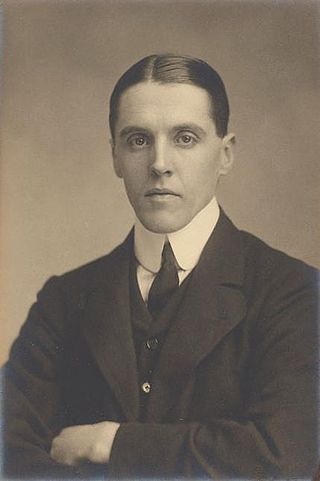
Earl of Birkenhead was a title in the Peerage of the United Kingdom. It was created in 1922 for the noted lawyer and Conservative politician F. E. Smith, 1st Viscount Birkenhead. He was Solicitor-General in 1915, Attorney-General from 1915 to 1919, and Lord High Chancellor of Great Britain from 1919 to 1922. Smith had already been created a Baronet in the Baronetage of the United Kingdom in 1918, Baron Birkenhead, of Birkenhead in the County of Chester, in 1919, Viscount Birkenhead, of Birkenhead in the County of Chester, in 1921, and was made Viscount Furneaux, of Charlton in the County of Northampton, at the same time as he was given the earldom. The three peerages, along with the earldom, were in the Peerage of the United Kingdom. Viscount Furneaux was used as the courtesy title by the heir apparent to the earldom; the title was derived from the maiden name of Lord Birkenhead's wife.

Isabella Bennet FitzRoy, Duchess of Grafton and later 2nd Countess of Arlingtonsuo jure, was a British peer and heiress.
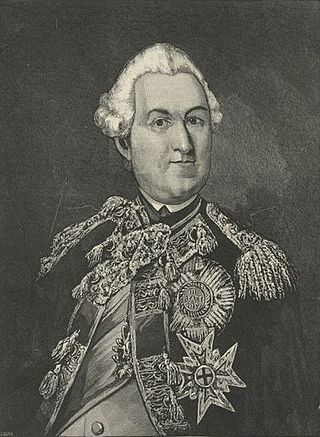
Richard Coote, 1st Earl of Bellomont, known as The Lord Coote between 1683–89, was an Irish nobleman and colonial administrator who represented Droitwich in the English Parliament from 1688 to 1695. He was a prominent Williamite, supporting William III and Mary II during the Glorious Revolution.
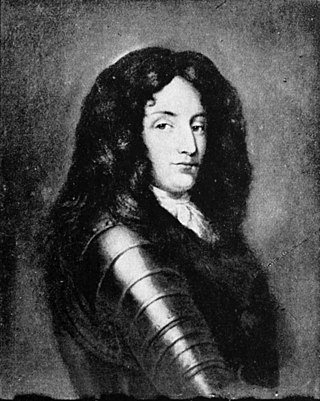
Viscount Clare was a title in the Peerage of Ireland, created twice.
Viscount Bellomont, in the County of Dublin, was a title in the Peerage of Ireland. It was created on 18 July 1645 for the Royalist soldier Sir Henry Bard, 1st Baronet. He had already been created a Baronet, of Staines in the County of Middlesex, in the Baronetage of England on 8 October 1644, and was made Baron Bard of Dromboy, in the County of Westmeath, at the same time as he was granted the viscountcy, also in the Peerage of Ireland. All three titles became extinct on the early death of his only son, the second Viscount, in 1667.
Baron Castle Coote, in the County of Roscommon, was a title in the Peerage of Ireland. It was created in 1800 for Charles Coote, 7th Earl of Mountrath, with remainder to his kinsman Charles Coote. The earldom of Mountrath became extinct on his death in 1802 while he was succeeded in the barony according to the special remainder by the aforementioned Charles Coote, the second Baron, who had previously represented Queen's County and Maryborough in the Irish House of Commons. The second Baron was the son of the Very Reverend Charles Coote, Dean of Kilfenora, great-grandson of Chidley Coote, younger son of Sir Charles Coote, 1st Baronet and brother of Charles Coote, 1st Earl of Mountrath. He was succeeded by his only surviving son, Eyre, the third Baron, who died childless in 1827, when the barony became extinct.
Arthur Gore, 1st Earl of Arran PC (Ire), known as Sir Arthur Gore, 3rd Baronet from 1741 to 1757 and as Viscount Sudley from 1758 to 1762, was an Irish politician.

William Richard George Stanley, 9th Earl of Derby, styled Lord Strange from 1655 to 1672, was an English peer and politician.

James Stopford, 2nd Earl of Courtown KP, PC (Ire), known as Viscount Stopford from 1762 to 1770, was an Anglo-Irish peer and Tory politician who sat in the British House of Commons between 1774 and 1793.
Byron King-Noel, 12th Baron Wentworth, styled Viscount Ockham was a British peer and the eldest of the three legitimate grandchildren of poet Lord Byron.

Francis George Baring, 2nd Earl of Northbrook, styled Viscount Baring from 1876 to 1904, was a British politician.

William Reginald Duncombe, Viscount Helmsley, was a British Conservative Party politician.
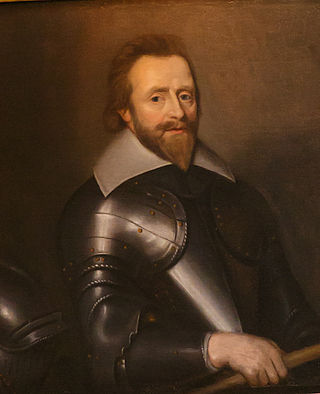
There have been two baronetcies created for members of the Coote family. The first is Coote of Castle Cuffe, while the second is Coote of Donnybrooke, both in the Baronetage of Ireland. As of 2020, the first creation is still extant. The holders of the first creation also held the title of Earl of Mountrath between 1660 and 1802.
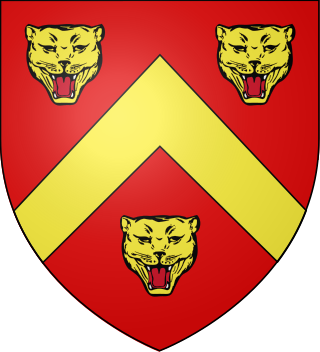
Thomas Parker, 3rd Earl of Macclesfield FRS, styled Viscount Parker between 1732 and 1764, was a British peer and politician.

Charles Coote, 1st Earl of Bellomont KB PC(I), was an Irish peer. He held a senior political position as one of the joint Postmasters General of Ireland. Charles was briefly styled as The 5th Baron Coote between February 1766 and his elevation to the earldom in September 1767.
















